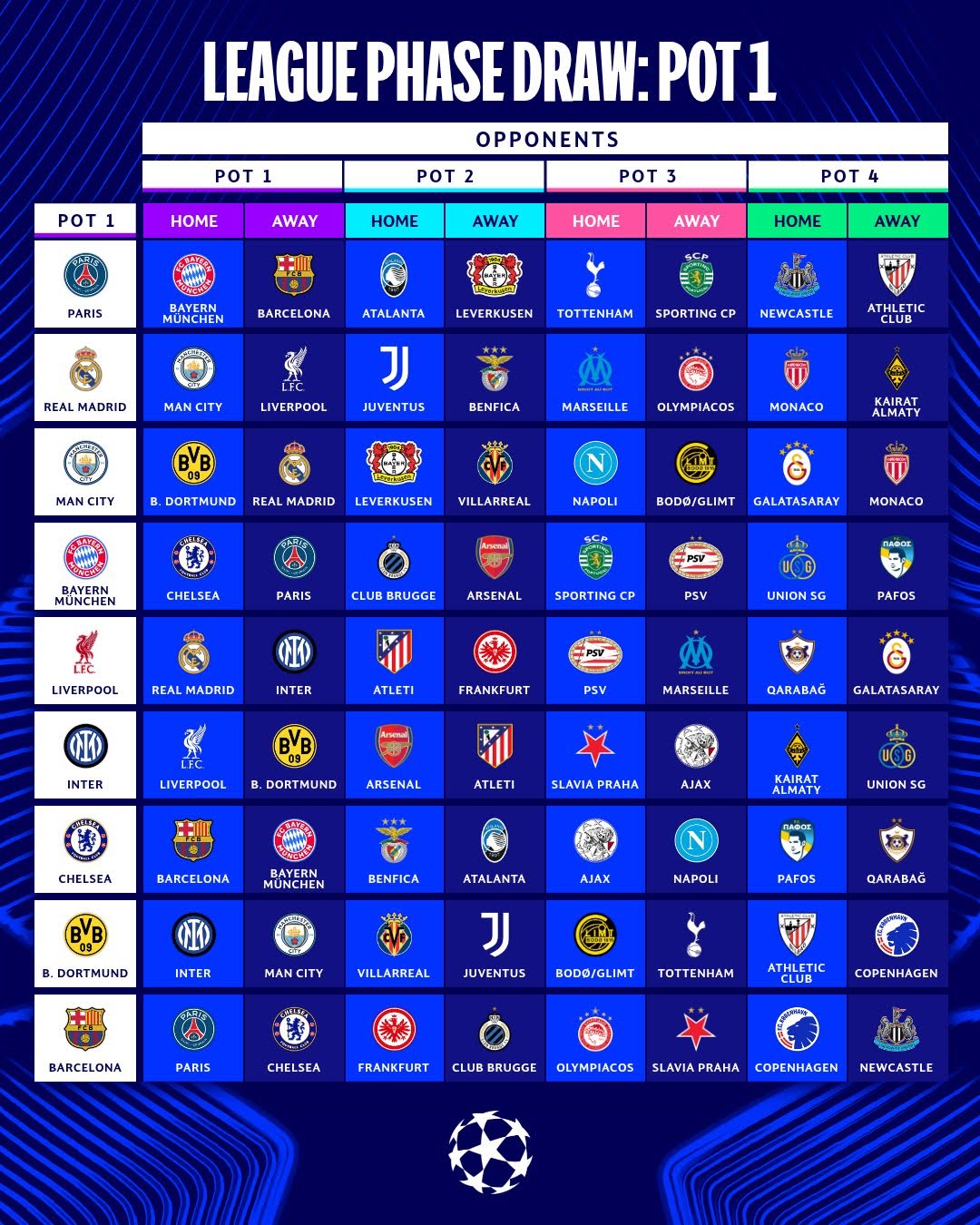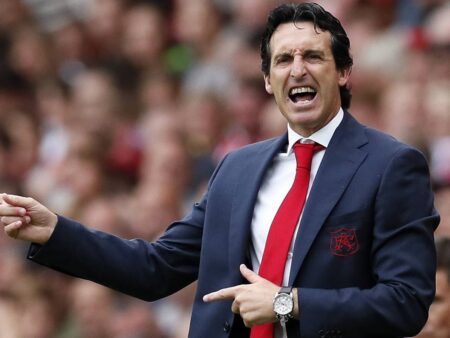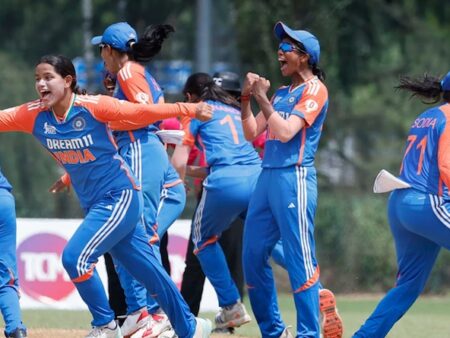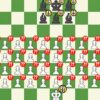
The air of anticipation surrounding Europe`s premier club football competition, the UEFA Champions League, has reached a fever pitch. With the qualification rounds concluding in a dramatic flurry of goals, penalties, and last-minute heroics, 36 teams are now poised to learn their fate. This isn`t just another draw; it marks the official rollout of a significantly revamped format, promising an unprecedented journey for seasoned giants and courageous newcomers alike.
A Format Revolution: Navigating UEFA`s New Vision
For decades, the Champions League group stage offered a familiar rhythm. Now, UEFA has introduced a sweeping change: a single 36-team league phase replacing the traditional eight groups. Each club will face eight different opponents – four at home, four away – selected from the various seeding pots. This innovative approach eliminates the round-robin rigidity, ensuring every team navigates a unique schedule. The objective: more high-stakes matches and a more dynamic competition from start to finish.
The strategic implications are profound. No longer can a team rely on the predictability of a smaller group. Instead, they must contend with a broader spectrum of opponents, each match carrying significant weight in a unified league table. The top eight teams will secure direct passage to the Round of 16, while those ranked 9th through 24th will enter a knockout playoff round. The remaining twelve? An early exit, with only European bragging rights to carry them home. UEFA`s latest masterpiece of complexity promises more football, more data, and undoubtedly, more nail-biting finishes. Or perhaps, simply more opportunities for tactical masterminds to earn their hefty salaries.
The Contenders: A Tapestry of Power and Pluck
The 36-team roster is a compelling mix, reflecting both established dominance and emerging narratives. Pot 1 gleams with perennial heavyweights: Real Madrid, Paris Saint-Germain, Manchester City, Bayern Munich, and Barcelona. These titans arrive with vast European pedigrees and an unwavering expectation of progression. Their presence is a guarantee of world-class football, punctuated by moments of individual brilliance and tactical supremacy.
Yet, the narrative this season is significantly enriched by the “Cinderella stories.” Teams like Norway`s Bodo/Glimt, Cyprus`s Pafos, and Kazakhstan`s Kairat have punched well above their weight to secure their historic berths. Kairat`s triumph over Celtic via a penalty shootout, spearheaded by goalkeeper Temirlan Anarbekov`s heroics, is a testament to the competition`s enduring capacity for upsets. While some arrive with a private jet and a pre-booked suite in the final city, others are still dusting off their boots from a qualifying marathon through lesser-known European outposts.
Other notable qualifiers, like Benfica and Club Brugge, secured their spots with commanding performances, demonstrating that established clubs still face fierce competition to reach the summit. The inclusion of clubs such as Qarabag and Copenhagen, navigating tight aggregate victories, further solidifies the blend of familiar faces and unexpected challengers. This mix guarantees that every draw will pit established might against emerging ambition, creating truly unpredictable schedules.
The Crucible of the Draw: Setting the Stage
The focal point for all this anticipation is the upcoming draw ceremony. Scheduled for Thursday, August 28th, at 12 p.m. ET (subject to local timings), the elegant Grimaldi Forum in Monaco will once again host the proceedings. This event, more than just a procedural formality, is where ambitions are tempered and dreams are either fueled or subtly complicated.
The mechanism involves assigning each of the 36 teams eight distinct opponents from the four seeding pots, ensuring a balanced, yet strategically complex, fixture list. For the clubs and their strategists, this draw isn`t merely about avoiding “groups of death” – a phrase now confined to the annals of Champions League history – but about deciphering a unique “schedule of peril” that will test squad depth, tactical flexibility, and mental fortitude over an extended period. The outcome will dictate early-season travel logistics, opponent analysis, and potentially, the very trajectory of their European campaign.
The Road Ahead: League Phase Schedule
With the draw concluded, the real work begins. The league phase schedule spans several months, demanding sustained performance and strategic rotation from participating clubs:
- Matchday 1: September 16-18
- Matchday 2: September 30 – October 1
- Matchday 3: October 21-22
- Matchday 4: November 4-5
- Matchday 5: November 25-26
- Matchday 6: December 9-10
- Matchday 7: January 20-21, 2026
- Matchday 8: January 28, 2026
This extended schedule means Europe`s elite will be navigating crucial domestic fixtures alongside challenging European encounters deep into winter. Forget traditional winter breaks; clubs will be busy trying to untangle their path to Budapest, likely with a few frosty mid-week encounters testing the mettle of even the most dedicated fan and player.
As the curtains rise on this new era of the UEFA Champions League, the draw in Monaco will serve as the opening act. It`s a moment when possibilities unfold, rivalries are ignited, and the long, arduous, but ultimately exhilarating path to the Puskas Arena in Budapest truly begins. Football fans across the globe stand ready for a season defined by innovation, unexpected heroes, and the timeless pursuit of European glory. The stage is set; the game is about to change.










